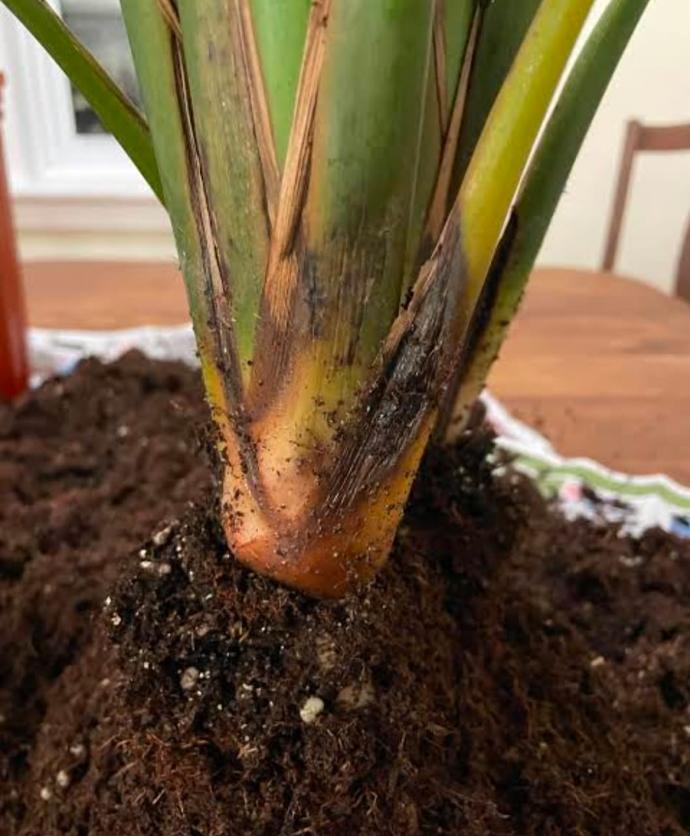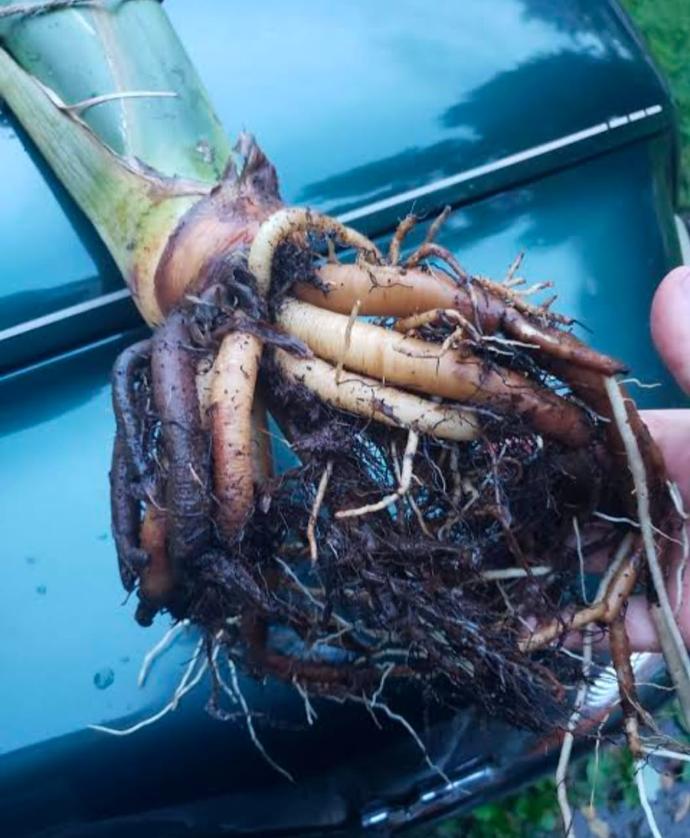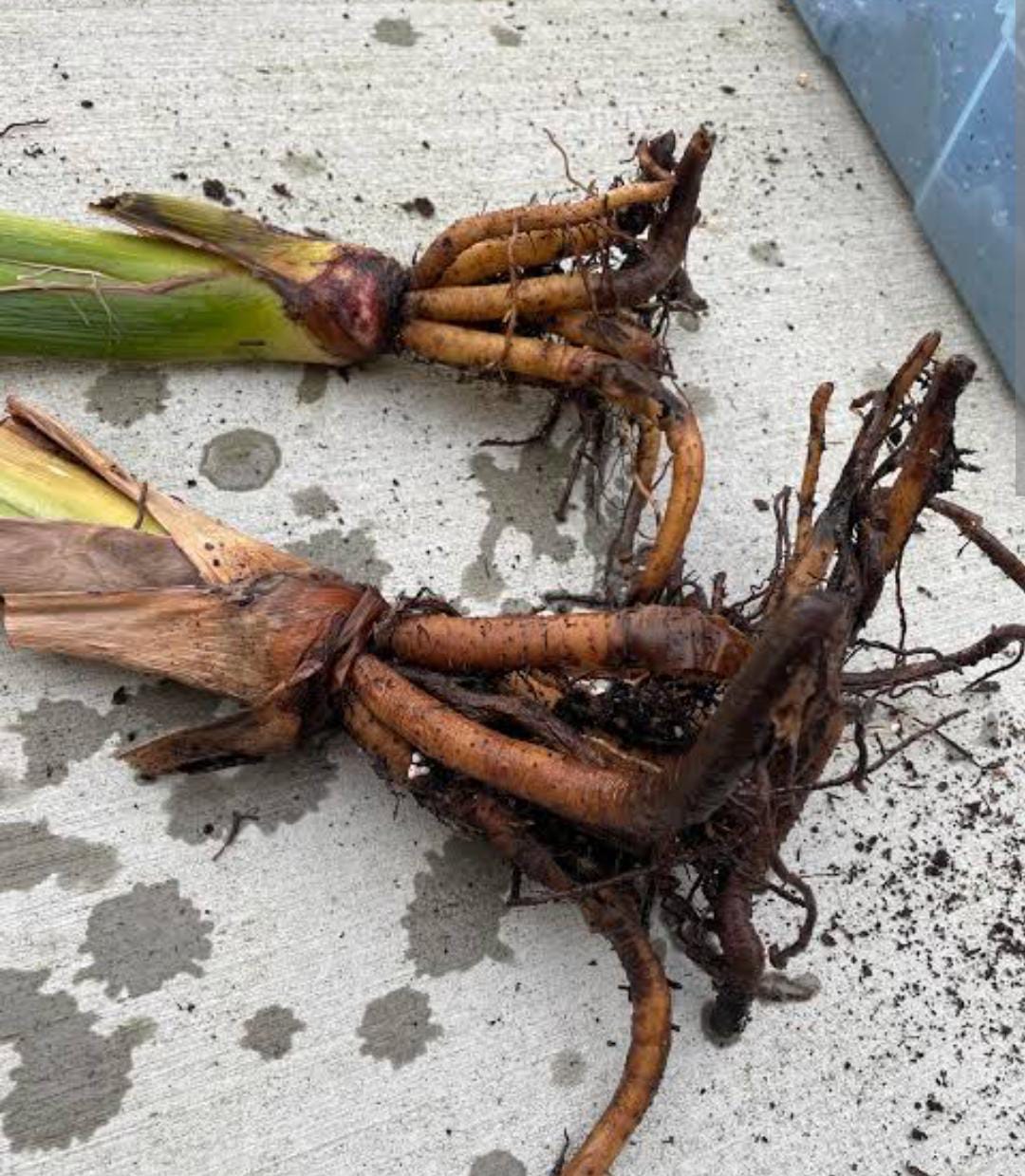Bird of Paradise Plant
Bird of Paradise, herbs with fast growth, thrive in well-drained soil and full sun to partial shade. With moderate moisture needs, they are admired for their striking and bird-shaped flowers.
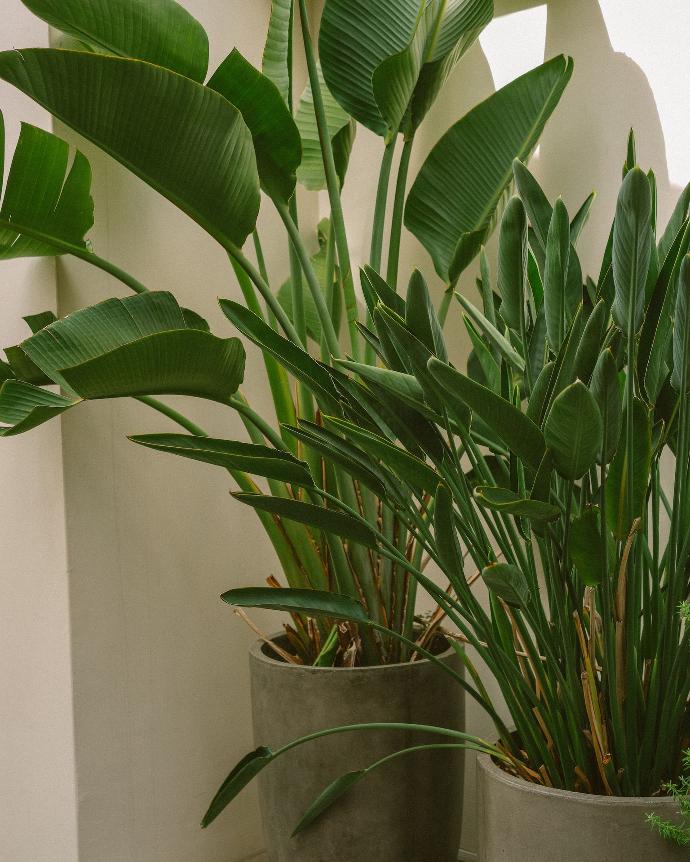
Habit
Herb
Height
1.5-2 m
Growth
Fast
Soil
Well-drained, loamy soil
Shade
Full Sun to Partial Shade
Moisture
Moderate
Edible
No
Medicinal
No
Origin
South Africa
Climatic Condition
Tropical
Temperature (°)
20-30°C
Humidity (%)
60-70%
Potting media
Peat-based mix
Fertilizers
Balanced fertilizer
Watering
Regular watering; allow soil to dry between waterings
Plant Weight
2-3 kg
Flowering Time
Winter to Spring
Soil Ph level
5.5 - 7.0
Water Ph level
6.0 - 7.0
Soil EC
0.4 - 0.6
Yield Per Plant
Ornamental use
NPK ratio
10:10:10
life Span
Perennial
Health Benefits
Ornamental flowers; symbol of paradise.
Suggested Grow Media or Potting Mix ?
50% loamy soil, 30% compost, 20% sand
Suggested Fertigation/Fertilizers
Fertilize every 4 weeks with a balanced fertilizer.
Common Diseases and Remedies
root rot
stunting, wilting, yellowing.
de-sucking of effected stems
HEALTH BENEFITS
Primarily Ornamental: There are no significant medicinal uses of Bird of Paradise.
Mild Antimicrobial Properties: Some studies suggest potential antimicrobial activity, but it's not widely used for medicinal purposes.
Air Purification: As a houseplant, it may help improve indoor air quality.
What is the Bird of Paradise Plant?
Bird of paradise plant, scientific name Strelitzia reginae, is a plant native to South Africa. It is known for its bird-like flowers that resemble the feathers of the bird of paradise. This plant has large banana-like leaves and can grow up to 5-6 feet indoors and even taller outdoors in warm climates. It is a popular choice for gardens and indoor spaces due to its unique beauty and low maintenance.
What are the different types of bird of paradise?
There are many plants often referred to as "bird of paradise", but the most popular and best known is Strelitzia reginae, also known as paradise orange or crane leaves. This species is native to South Africa and is known for its orange and blue flowers that resemble a bird's head.
Another species is Strelitzia reginae, also known as the white bird of paradise or giant bird of paradise. This species is native to South Africa and is known for its large, white flowers and banana-like leaves.
There are other plant species sometimes called "birds of paradise," such as the nautilus, which is native to the United States and is known for its red and yellow flowers that resemble parrot beaks.

How To Care Bird Of Paradise?
Location
Bird of Paradise plant (Strelitzia reginae) thrives in warm climates. They like full sun but can also tolerate partial shade. They also like well-drained soil rich in organic matter. If you're growing them indoors, place them near a sunny window or under a grow light. They can be planted outdoors in the ground or in containers but should be protected from wind. It can be grown as a houseplant in cold climates or overwintered indoors.
Sun light
Bird of Paradise plants (Strelitzia reginae) thrive in full sun, which means they need at least 6 hours of direct sunlight per day. However, they can tolerate partial shade as long as they receive direct sunlight, especially in hot weather. If you're growing them indoors, place them near a sunny window or under a bright light so they get enough light. They should be planted outdoors in a location that receives full sun most of the day.
Soil
Bird of paradise plant (Strelitzia reginae) prefers well-drained soil rich in organic matter. Mix equal amounts of peat moss, perlite and compost to create a potting mix suitable for indoor plants. They can be planted outdoors in sandy loam soil treated with compost or other organic matter. It is important to avoid sticky soils because they can retain excess moisture and cause root rot.
Hydration
Bird of paradise plant (Strelitzia reginae) likes to be kept tidy but can't get enough of water. When the top soil feels dry to the touch, water thoroughly and allow excess water to drain. They may need more water during the growing season (spring and summer), especially if they grow in hot, sunny areas. Watering may be less in winter, but remember to pay attention to moisture and adjust watering time as needed. It is important not to let the soil dry out completely, as this can cause the leaves to turn brown and crispy.
Nourishment
Bird of Paradise plant (Strelitzia reginae) benefits from regular planting throughout the growing season (spring and summer). Use a balanced liquid with an N-P-K ratio of 10-10-10 or similar, diluted by half and applied every 4-6 weeks. Avoid fertilizing during the winter months because plants are weak and do not need as many nutrients. It's also important to use fertilizers specifically designed for houseplants or tropical plants because they contain the essential micronutrients your birds of paradise need to grow.
Issues
Although bird of paradise plants (Strelitzia reginae) are low maintenance, they can still encounter some problems if growth is not good. Some common questions are:
1. Root Rot: This is usually caused by overwatering or poor soil. To prevent root rot, make sure the soil drains well and allow the topsoil to dry before watering again.
2. Yellow leaves: This can be caused by many things, including overwatering, waterlogging, or inadequate nutrients. Check soil moisture, adjust your watering schedule as needed, and make sure your plants receive adequate light and nutrients.
3. Brown Leaf Tips: This may be due to underwatering, lack of moisture or exposure to cold weather. Make sure plants get enough water and humidity, and don't place them near air conditioning or windows.
4. Pests: Bird of paradise plants can be affected by pests such as spider mites, aphids and red oysters. Watch for signs of pests, such as webs or sticky residue on leaves, and treat the plant with insecticide or neem oil if necessary.
5. * Fungal diseases*: Bird of paradise plants are also susceptible to fungal diseases such as powdery mildew or leaf spot. To prevent fungal diseases, make sure that the plants are not crowded and have good air conditions, and make sure that the leaves do not get wet when watering.
What Is The Benefit Of The Bird Of Paradise?
Bird of Paradise Plant (Strelitzia reginae) has many beauty and benefits:
1. Ornamental Value: Bird-like flowers, such as those of the Bird of Paradise plant, make it popular in gardens and indoor spaces. The flowers can last for weeks and are often used in floral arrangements.
2. * Air Purifying *: Like many other indoor plants, bird of paradise plants can help improve indoor air by removing toxins such as formaldehyde, benzene, and trichlorethylene from the air.
3. * Regular care *: Bird of Paradise plants require low maintenance and can withstand many growing conditions, making them a good choice for beginners or those who respond to busy schedules.
4. Attracts Wildlife: The flowers of the Bird of Paradise plant are attractive to birds and butterflies, making it a good choice for a wildlife garden.
5. Longevity: Bird of Paradise plants can live for many years if properly cared for and are passed down from generation to generation as family heirlooms.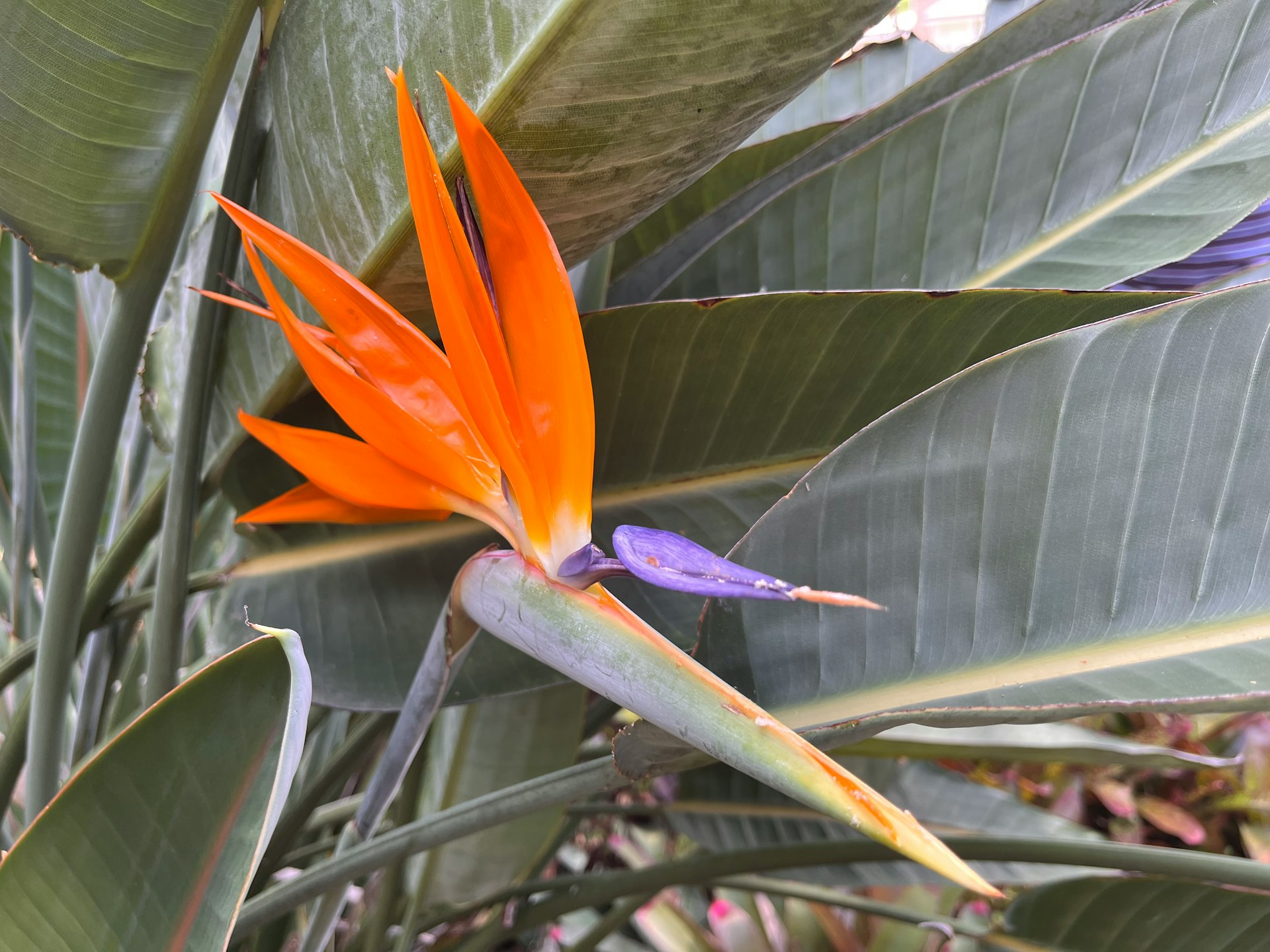
5. FAQs About Growing Bird of Paradise
1. How to care for Bird of Paradise plants?
Caring for the bird of paradise plant (Strelitzia reginae) consists of several important steps:
1. * Water *: Keep the soil moist at all times but not waterlogged. When the top soil feels dry to the touch, water thoroughly and allow excess water to drain.
2. * Good lighting *: Provide plants with bright, indirect sunlight. Bird of paradise plants like full sun but can tolerate partial shade, especially in hot weather.
3. Temperature: Place the plant in a warm location with a temperature between 65°F and 70°F (18°C and 21°C). They can withstand temperatures as low as 10°C (50°F) but can be damaged if exposed to freezing.
4. FERTILIZER: Fertilize plants every 4-6 weeks during the growing season (spring and summer) with a water-soluble balanced fertilizer diluted by half.
5. Pruning: Remove dead or damaged leaves as needed and prune back excess growth or leggy growth to maintain a compact shape.
2. What are Bird of Paradise plants used for?
Bird of paradise plant (Strelitzia reginae) has many uses:
1. Ornamental: The bird-like flowers of the Bird of Paradise plant make it a choice for gardens and interiors. The flowers can last for weeks and are often used in floral arrangements.
2. * Air Purifying *: Like many other indoor plants, bird of paradise plants can help improve indoor air by removing toxins such as formaldehyde, benzene, and trichlorethylene from the air.
3. Wildlife Protection: The flowers of the Bird of Paradise plant are attractive to birds and butterflies, making it a good choice for a wildlife garden.
4. Longevity: Bird of paradise plants can live for many years with proper care and can even be passed down from generation to generation as family heirlooms.
3. Can the Bird of Paradise plant be grown indoors?
Yes, you can grow the Bird of Paradise plant (Strelitzia reginae) indoors, but there are a few things to remember:
1. Light: Bird of paradise plants like bright, indirect sunlight. Place them near a sunny window or under a bright light so they can get enough light.
2. Temperature: Place the plant in a warm environment between 65°F and 70°F (18°C and 21°C). They can withstand temperatures as low as 10°C (50°F) but can be damaged if exposed to freezing.
3. Water: Keep the soil moist at all times, but not saturated with water. When the top soil feels dry to the touch, water thoroughly and allow excess water to drain.
4. FERTILIZER: Fertilize plants every 4-6 weeks during the growing season (spring and summer) with a water-soluble balanced fertilizer diluted by half.
4. What is the best type of flower for growing birds of paradise?
When choosing a pot for growing the Bird of Paradise plant (Strelitzia reginae), it is important to consider the following:
1. SIZE: Since the bird of paradise plant looks a bit like a plant with roots, choose a pot that is slightly larger than the plant's current container. Pots that are too large can cause overwatering and root rot.
2. Drain: Make sure there is a drain at the bottom of the pot to drain excess water. Bird of paradise plants like well-drained soil, and root rot will occur if the soil becomes waterlogged.
3. Material: Choose a pot made of breathable material, such as terracotta or ceramic, as this will help protect the soil from water and allow air to circulate between the roots.
5. Where can I buy Bird of Paradise plants?
Bird of Paradise plant (Strelitzia reginae) can be purchased from a variety of sources, including:
1. Nursers and Garden Centers: Many nurseries and gardens carry bird of paradise plants, especially in warm climates.
2. ONLINE RETAIL: There are many online retailers that sell Bird of Paradise plants, including Amazon, Etsy, and eBay. Be sure to read reviews and check seller ratings before purchasing.
3. Plant stores: Some specialty plant stores sell bird of paradise plants, especially specialty plants.
4. Local Sales: Check out native plant sales or plant swaps in your area because these are great ways to find unique and elusive plants.
5. Friends and Family: Ask friends and family if they have Bird of Paradise crops they would like to share or sell.
